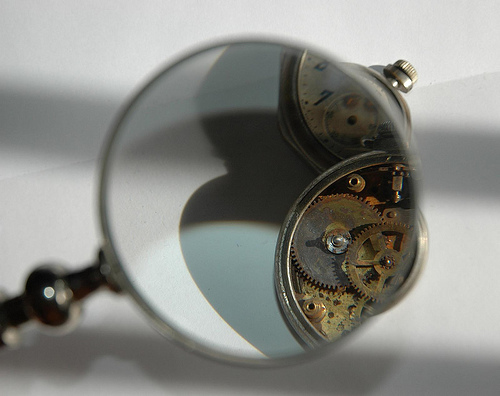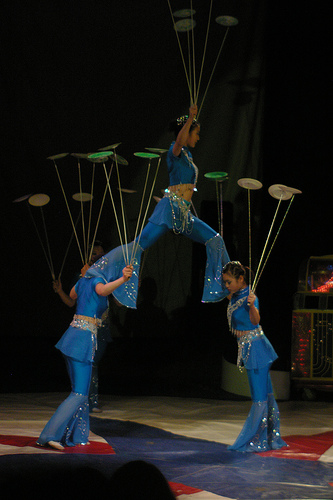Resonating with Both Classic Heroes and Dark Protagonists
We’ve been exploring the first four key pillars of novel construction—the primary supports for any novel. We’re going to look at twelve in the course of this year, but a good chunk of time is being spent on the critical corner pillars. I’ve mentioned that although you can work on these four pillars separately, invariably they rely on each other to create a solid foundation for your story. These pillars are concept with a kicker, protagonist with a goal, conflict with high stakes, and theme with a heart.
We’ve covered concept with a kicker in numerous posts (start with this one, if you missed any), and have been delving into protagonist with a goal in the latest posts. Needless to say, we could spend a year on how to develop a great protagonist for a novel, but since we have ten other pillars to cover in this online course for the year, we’ll just focus on the basics.
We looked at the need for the protagonist to have both a visible goal and a spiritual one (and yes, all your characters should have goals, as well as core needs, deep fears, and dreams). And we’ve looked at why we must hook the reader in the opening scene(s), as soon as possible, in a way that makes the reader care about and root for the protagonist. I explained that the way to do this is by showing the character’s humanity and an indication of vulnerability. And since this is so necessary, it often means a writer has to start the story in a different place or situation than originally planned in order to showcase the hero’s “quality.”
But What If Your Hero Isn’t a Great Guy?
I talked at length about the need for the reader to really like your hero right away. But what if you have a protagonist who is abrasive, antisocial, difficult, struggling, or just plain unlikable? Just how in the world can you get a reader to like such a guy? And yes, it’s fine to have a really awful, unpleasant protagonist.
Wait! Didn’t I just spend a few posts emphasizing how important it is to have a protagonist readers will like? How in the world can they bond with and care for someone who is downright unpleasant?
Protagonists like this are called “negative” protagonists or “dark heroes.” This type of main character is very popular these days, especially in paranormal and YA genres. You might see a vampire or a depressed teen introduced as the protagonist. Dark protagonists have been around for a long time. Just think about a movie like On the Waterfront, which features a main character that is negative and unhappy. So what’s a writer to do to get the reader to like such a loser?
Just be sure that somewhere in the introductory pages in which your protagonist is miserable or unpleasant you show a glimmer of potential. What kind of potential?
Give a Glimpse
Think vulnerability. He may be a vampire or a serial killer, but if he’s going to be the protagonist, he has to give some indication that he is not happy with himself, his life, his world. Here you make a promise to the reader that he is going to change, and will be likeable by the end of the book. How likeable and in what way is up to you.
And this type of “hero” is a challenge to write—because all the way through the book you have to be mindful of getting the reader to like him and care for him more and more, even while he might be engaged in despicable or pathetic actions. Yet, a dark hero can be a terrific one—because of the way he grows and changes by the end of the novel.
Don’t confuse this with an antagonist. A great antagonist might also change by the end of the book, maybe even feel a twinge of remorse. But this novel is not about the antagonist. The antagonist is placed in the story to support the protagonist (and I don’t mean literally or emotionally—I mean structurally). The antagonist acts as an obstacle to the “hero” in reaching his goal. He at times might even be an ally for a time. And the antagonist might not be “dark” or negative at all. But we’ll take a closer look at secondary characters and their important roles later in the year.
Let’s set aside that dark protagonist for a moment and look at the more common type—a more classic “hero.” The objective is the same. You want the reader to see something about that protagonist that draws her in, that makes her care what happens to that character.
Literary agent Donald Maass, in his books and workshops, teaches that writers should show a “glimpse of greatness” in the first few paragraphs. I love that phrase. We’ve been taught that characters should be “larger than life,” but I think sometimes that expression confuses. We don’t want every character in our novel to be flamboyant or obnoxious or a daredevil. But those types come to mind with a phrase like “larger than life.” And besides—how can you get “larger” than life?
Sympathy and Resonance
So think instead about creating compelling characters. Remember the definition of compelling (that I gave in an earlier post)? It means “to drive or urge forcefully; to cause to do or occur by overwhelming pressure.” We want our characters, and particularly our protagonist, to drive us to keep reading about them. They should be intriguing, unique, perhaps colorful. But mostly, they need to be facing universal issues, struggling with the same kinds of things we ordinary people struggle with.
That’s what comes into play when we talk about sympathetic characters. The word sympathy has this as one of its meanings: “inclination to think or feel alike; emotional or intellectual accord.” Accord means agreement, harmony. We should be in accord with the protagonist, nodding in agreement, feeling we can relate. Their issues and struggles resonate with ones we’ve been through.
Resonance is a great word. Something resonates when it’s vibrated, stimulated by some outside force. A character resonates with us when outside circumstances cause the character to react and behave in a way that also “vibrates” us in the same way. Another cool definition of resonance has to do with two moons in synchronous gravitational relationship as they orbit a planet. I picture myself, the reader, orbiting around the plot and its problems along with the protagonist. We are taken on a journey with her, through her trials and difficulties. We are compelled to come along for the ride.
I hope this rather scattered look at the role of a protagonist has given you some ideas. Whether you feature a classic heroic-type character or a dark protagonist, your goal is to make him compelling. Show that glimpse of greatness in the opening paragraphs. It doesn’t have to be a giant “save the cat” moment. A glimpse is a peek, a hint. Oftentimes that’s all you need to start your reader caring. And keep this in mind: you don’t want to portray a perfect hero. Give that hero some flaws. Make him human so readers can relate. Resonate.
So now you know your protagonist needs goals, implying she cares or is passionate about something. And she needs to be sympathetic, vulnerable, and compelling. Is that all? Of course not, but that’s what’s essential. And since we can’t spend a year talking about just the protagonist, we’re going to move on to our next key pillar of novel construction after one last post on the protagonist—conflict with high stakes.
Again, to reiterate, these four key pillars must work together to create a strong basis for a successful novel. What clinches it for your vulnerable, compelling protagonist with visible and spiritual goals is for her to be facing huge obstacles that must be overcome. The higher the stakes, the stronger the story. High stakes ensure tension and strong pacing.
We’ll go in depth into just what stakes are about, but for now, you can get started on your next checklist (although we will be discussing this topic of the protagonist some more)! Below I’ve added checklist #2: protagonist with a goal.
By going through these twelve sets of questions and answering them to your satisfaction, you will know you have a strong corner pillar that will support your novel. Spend some time thinking over and answering these questions. If you don’t have the answers to some questions, work on them until you do. And feel free to share some of your thoughts and ideas in the comments.
Inspection checklists:
Inspection Checklist 1-concept with a kicker












I agree with the premise, but I am not sure why novel writing should be so ‘formulaic’. In the near future, probably, computers might be able to write better novels than humans.
Every great novel has been wildly different from others, often breaking many novel-writing rules.
Destination Infinity
So, I’m thinking that for those of us who just write and don’t have structure, this is really useful. While I was reading it, I was checking all your points and seeing if they were covered in my free flowing writing. Yeah, the answer was yes. So thank you for letting me know that I am on track in a structural way without even knowing it and that I can keep on trusting how I write.
Thanks again for a wonderful post. This series has been enormously helpful to me in getting my WIP back on track.
This is a good follow up post for people with “antihero” main characters. I can see it working both ways. The too good to be real main hero, concealing a secret dark flaw. The brooding angry antihero rescues cats.
I’m glad I followed over from Twitter. You’re bookmarked.
RV Doon, I think you hit on something great – a positive MC needs to have some flaws (so that we can relate) and a negative MC needs to have some redeeming characteristics (so that we can relate). 🙂
Also, I think there is a big difference between liking a character and liking a person in real life.
One example is On the Road. (I was obsessed with the Beats in my early 20’s.) One could argue that the characters are all a bunch of drug abusers, car thieves, and sexual predators, none of whom could be relied on. But there is strong poetic beauty in the voice of the narrator, and we come to love him and the characters.
Another example is the Dude in The Big Lebowski. I love him, and who doesn’t? But, I gotta admit, I would not set my little sister up on a date with him, or any of his friends. 🙂
Relating to characters is a tricky thing. I think sometimes we relate to them because they DO thing we would only dream of, good or bad.